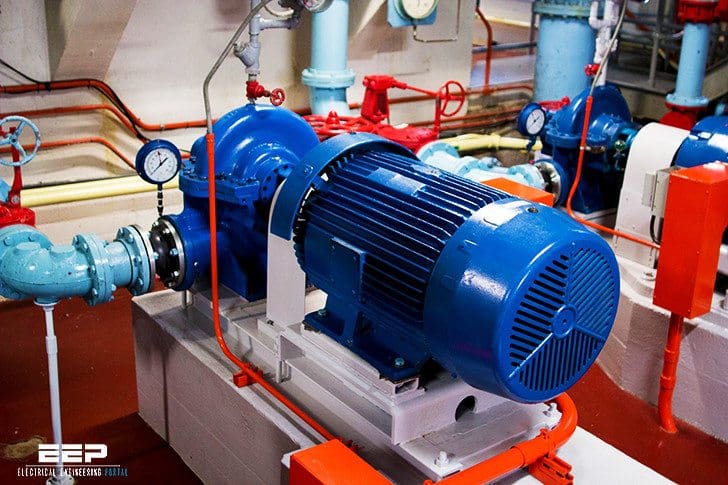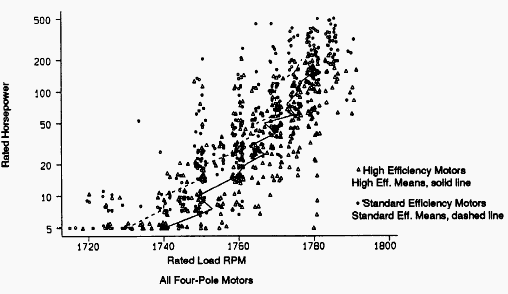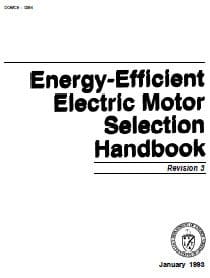Sensitivity of efficiency gains to motor RPM
A motor’s rotor must turn slower than the rotating magnetic field in the stator to induce an electrical current in the rotor conductor bars and thus produce torque. When the load on the motor increases, the rotor speed decreases.

As the rotating magnetic field cuts the conductor bars at a higher rate, the current in the bars increases, which makes it possible for the motor to withstand the higher loading. Motors with slip greater than 5 percent are specified for high inertia and high torque applications.
This characteristic is illustrated in Figure 1, which shows the full-load speed for 1,800 RPM standard and energy-efficient motors of various sizes.
On the average, energy-efficient motors rotate only 5 to 10 RPM faster than standard models. The speed range for available motors, however, exceeds 40 to 60 RPM.

For centrifugal loads, even a minor change in the motor’s full-load speed translates into a significant change in the magnitude of the load and energy consumption.
The “Fan” or “Affinity Laws,” show that the horsepower loading on a motor varies as the third power (cube) of its rotational speed.
In contrast, the quantity of air delivered varies linearly with Speed. A relatively minor 20- RPM increase in a motor’s rotational speed, from 1,740 to 1,760 RPM, results in a 3.5 percent increase in the load placed upon the motor by the rotating equipment.
A 40-RPM speed increase will increase air or fluid flow by only 2.3 percent, but can boost energy consumption by 7 percent, far exceeding any efficiency advantages expected from purchase of a higher efficiency motor. Predicted energy savings will not materialize – in fact, energy consumption will substantially increase.
This increase in energy consumption is especially troublesome when the additional air or liquid flow is not needed or useful.
| Title: | Energy-Efficient Electric Motor Selection Handbook |
| Format: | |
| Size: | 0.9 MB |
| Pages: | 65 |
| Download: | Here 🔗 (Get Premium Membership) | Video Courses | Download Updates |



I have a problem can you please help me with a app that i can use to assembly electrical
diagrams for a machine
We have power factor problem,at our LT network all we are getting 0.999 PF but in our HT side we are getting it 0.987.
please guide what we can check further.
Dear Sir,
Plz let me know what are the problems that occur in a 3 phase induction motor stator & rotor (both phase wound & Sq. cage) when it is run for a long duration.
Regards,
Sudheer
Hello Edward.I have a problem,Please take a guide to me about this:
Could we omit the GCB(Generator Circuit Breaker) of a 160MW Combined Cycle unit (with a 160MW Genarator and a 200MVA/230/15.75kV Unit Transformer)?
Hi,
Can anyone explain me deeply TYPE2 co-ordination.(selection & setting of OLR, contactors, fuses..) Or please give a reference book.
THANK YOU
dear EEP the energy efficient electric motor selection cant be download
Sorry for problem, we are having difficulties with service Box.com. It will be fixed as soon as possible.